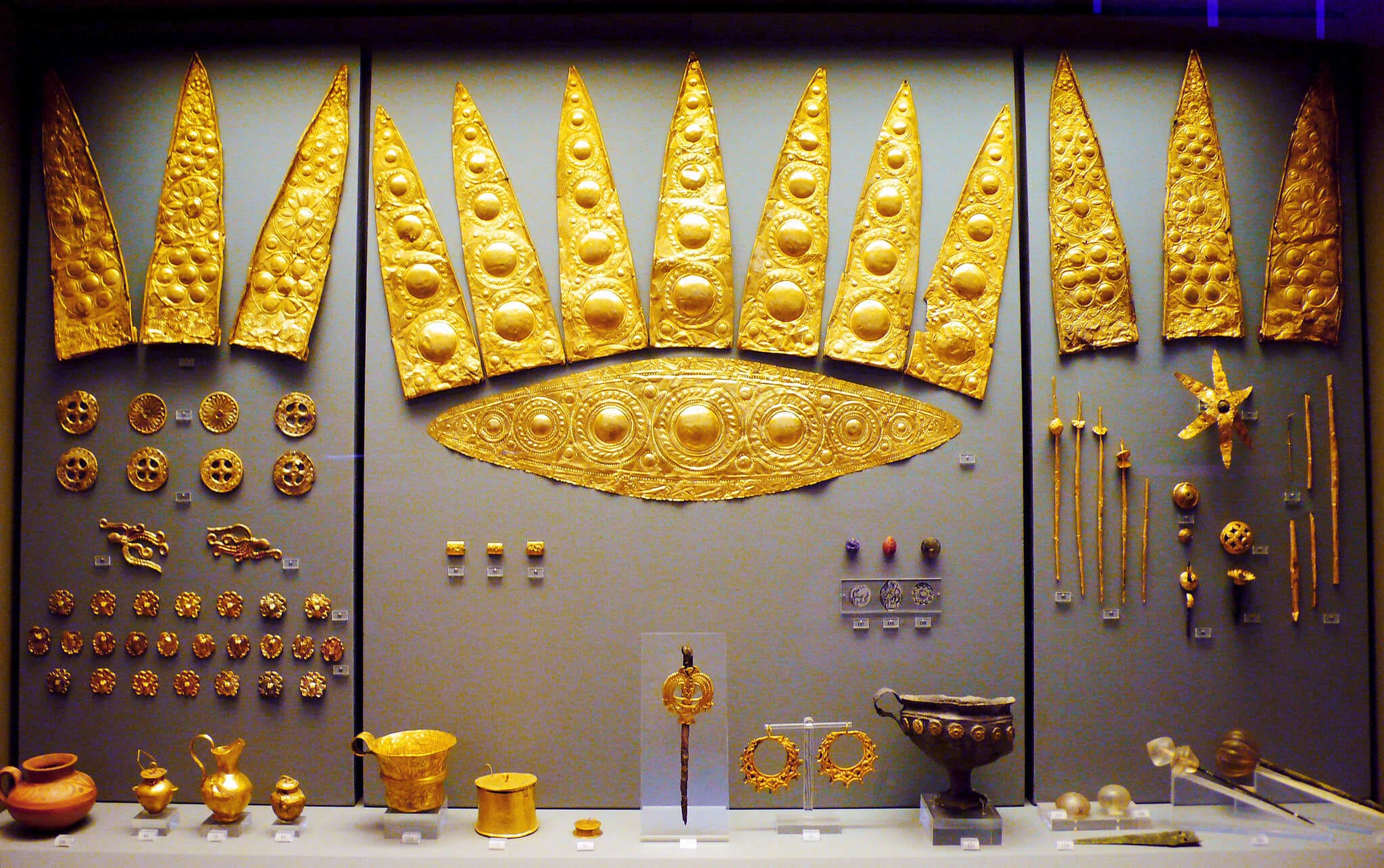

A new study published in the Journal of Archaeological Science explores why the Iberians— the ancient peoples who lived in what is now Spain and Portugal before Roman rule—chose not to adopt the advanced bronze techniques used by the ancient Greek world, instead relying on their own diverse methods shaped by local needs and available resources.
Led by archaeologist Julia Montes-Landa, the international team examined material remains from four key sites in Catalonia. Their analysis focused on how bronze—an alloy of copper and tin—was produced between 2100 and 200 BCE, a period when the metal was widely used for tools, weapons, and ceremonial objects.
For years, scholars believed bronze-making methods evolved in a linear fashion, from basic to more advanced. But the study challenges that idea. It found that five main techniques were used throughout this long period, often side by side.

These included using naturally mixed ores, combining separate copper and tin ores through smelting, mixing refined copper with tin-rich stones, melting purified copper and tin together, and recycling old bronze objects.
The findings suggest that bronze production was shaped more by circumstance than innovation. In times of stable supply, communities could specialize in a single method. When resources were harder to obtain, more flexible techniques, like co-smelting or recycling, became common.

At Minferri, a Bronze Age village dating from 2100 to 1650 BCE, researchers found evidence of co-smelting, cementation, and recycling. The variety suggests that metalworkers responded to unstable supply networks by adapting their methods to whatever materials were available.
In contrast, the fortified site of Vilars (750–350 BCE) showed exclusive use of cementation. Researchers believe this may reflect a more structured community, possibly controlled by an elite that oversaw production.
At Mas Castellar (550–400 BCE), located near the Greek colony of Emporion, both co-smelting and cementation were practiced.
Despite Greek influence, the local population did not adopt co-fusion—the method preferred by the Greeks. Researchers suggest this may be due to limited access to tin or a cultural preference for maintaining local practices.
At Ullastret, an important Iberian center active between 525 and 200 BCE, several bronze-making techniques coexisted even as iron became the dominant metal.
The study concludes that technological choices in ancient Iberia were driven by local conditions, not a universal march toward improvement. The rejection or delay in adopting certain methods, such as co-fusion, points to deeper cultural and economic dynamics.
Researchers hope the findings will help shed light on historical cases where ancient Iberians did not follow the Greek bronze-making techniques, offering new ways to understand how communities interact with innovation over time.
